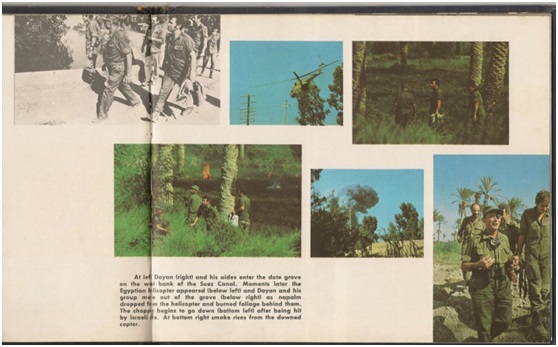مستمرين معاكم بإذن الله 2008-2024 **** #لان_لجيشنا_تاريخ_يستحق_أن_يروي
**** ***** إنشروا تاريخنا وشاركونا في معركة الوعي **** تابعونا علي قناة اليوتيوب 1100+ فيديو حتي الان **** تابعونا علي صفحات التواصل الاجتماعي** أشتركوا معنا في رحلاتنا لمناطق حرب أكتوبر **** يرجي استخدام خانة البحث
**** *** تابعونا علي تليجرام - انستجرام - تويتر











